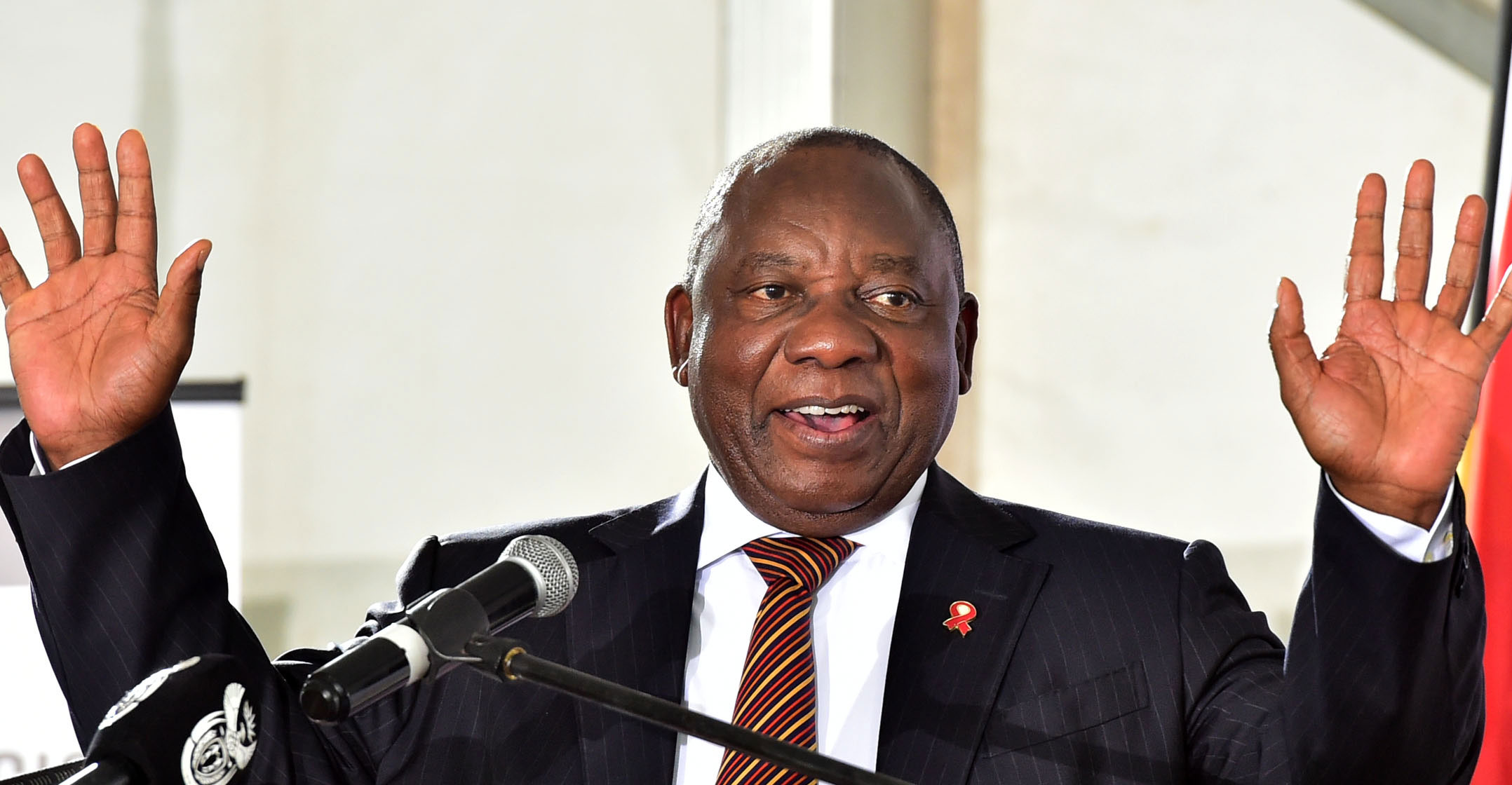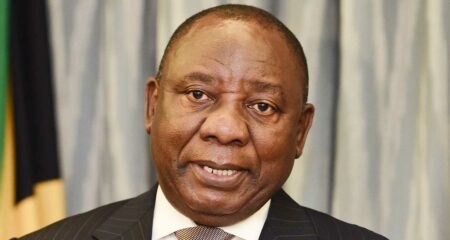
The new weekly communication from President Cyril Ramaphosa is refreshing. From the first few editions, it seems as if he appreciates the concerns of South Africans. It is also in stark contrast to the previous administration, where the flow of information was probably actively restrained.
But the word “must” appears seven times in the text of the most recent communique. The word “will” appears no fewer than 11 times. These words are all used in the context of the government’s appreciation that so-called tough decisions to fix Eskom and other economic challenges “must” and “will” be made.
The tone of the letter is very positive, but it lacks references to examples of recent government interventions which “have” had a positive impact on the economy and its growth trajectory. The reason is that there are no examples to give.
Eskom remains the single largest fiscal threat to South Africa. And despite many promises from the president, he is yet to release a restructuring plan or appoint a permanent CEO of the utility.
From the latest letter, it is clear that the president knows what “must” happen. The following paragraph in his letter spells it out:
As government, we ‘will’ continue to do all within our means to restore the viability of Eskom. Tough decisions ‘will’ have to be made. There ‘will’ have to be trade-offs. All sectors of society, especially government, business and labour, ‘must work together to bring this crisis to an end. (Author’s emphasis.)
The sands of time for these tough decisions have virtually run out. I am a big supporter of the president and firmly believe that he will play a critical role in changing the economic, moral and reconciliation trajectories of our country. However, the time for promises is over; we need to see the tough decisions being made.
In the eyes of local and international investors, there are two litmus tests on whether Ramaphosa can turn South Africa around.
The first is to arrest and jail corrupt government officials and ANC members. At the very least, senior ANC officials such as Ace Magashule must be suspended, pending investigations. (I hope the president read Pieter-Louis Myburgh’s Gangster State).
 The other litmus test is Eskom. If the Ramaphosa administration can undo the damage of his predecessor’s corrupt networks, it will instil significant confidence that the tide is turning for South Africa.
The other litmus test is Eskom. If the Ramaphosa administration can undo the damage of his predecessor’s corrupt networks, it will instil significant confidence that the tide is turning for South Africa.
Eskom is a case study of how Zuma destroyed a once internationally envied institution with corruption, cadre deployment and the breakdown of corporate governance structures. (In many countries such conduct may be seen as crimes against the state, maybe even treason. But that is a column for another day.)
The tough decisions “will” have to include a significant private-sector-like restructuring of the company. Its “imminent” unbundling into three entities “will” be a good start, but it “must” be accompanied by the slashing of the workforce, reduction in salaries, the sale of assets such as power stations — most notably Medupi and Kusile — and the closure of inefficient ones.
Eskom should also sign electricity procurement agreement with independent power producers.
There is still time…
The next two weeks will be critical for South Africa, as the announcement of a rescue plan for Eskom and the appointment of its new CEO is expected.
On 29 October, South Africa will also hear from finance minister Tito Mboweni how deep, black and wide the hole is which Eskom finds itself in. That day may be a sombre one, as the news “will” most definitely not be good.
It will also be interesting to see the extent that the private sector will be involved in the turnaround.
These announcements may represent a final opportunity for the president to announce that tough decisions
“have” been taken. It may well be the last chance he has to keep local and international investors’ attention. It will also allow him to use the phrase “we have” in his future communiques… South Africa needs it.
Hopefully, we see such a communique before the end of the year.
- This article was originally published on Moneyweb and is used here with permission




